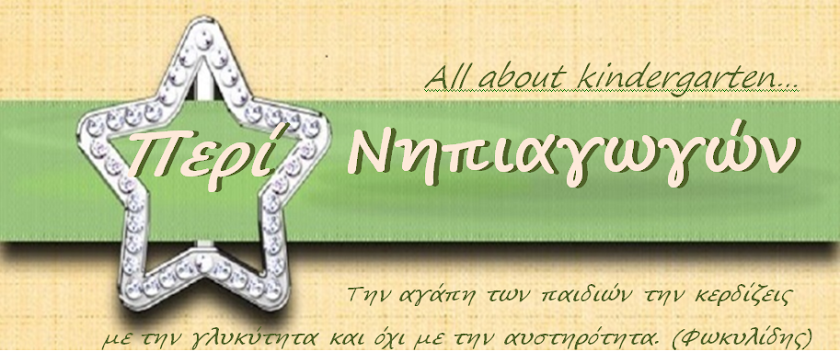The inbreeding analysis only included individuals with known parents (i.e. founders were excluded). Similarly Delaware dating sites, for the K0.twenty five analysis, we excluded founder pairings, as by definition they all have equal relationships to one-another (i.e. 0.twenty five).
Maker inhabitants variety and you can design
Altogether, 119 creators throughout the Tasmanian devil Internet protocol address had been genotyped on fifteen loci, encompassing 201 SNPs (Dining table S3). Once phasing, there have been 70 alleles as a whole across the most of the loci. Five loci (around three simple and two immune) didn’t conform to Sturdy-Weinberg balance following Bonferroni correction (heterozygote deficit; Table S3). Noticed heterozygosity try a bit large for protected loci versus simple loci though this was motivated mainly by the a couple loci (Desk S3). An excessive amount of homozygotes can get originate from relatedness in people and/otherwise population design about dataset (Tracey, Bellet & Gravem, 1975 ). Likewise, we plus seen large LD one of loci, which could result from population bottlenecks and you may/or build (Dining table S4).
Unit relatedness one of creators
When considering most of the 119 genotyped founders during the fifteen loci, mean R was 0.25 (difference = 0.11; 4560 pairwise reviews, Table 2). Within number of private sets, simulations showed that the study is more than likely well suited to help you identifying anywhere between first-acquisition family unit members and you may unrelated, however, you to definitely discrimination at the a great deal more advanced quantities of dating is actually most likely worst (Fig. S2). There was no visible clustering away from samples with the geographic capturing area research (Fig. S4). Furthermore, relationship within R and spatial pairwise matrices was not mathematically significant (Mantel test R 2 = 0.019, P = 0.090, N = 203 some body).
Analyses using PMx showed there to be marked differences between integrated (FD?, FR, FC, F0.twenty five) and pedigree-only inbreeding coefficients (F) (Fig. 2a,b). All integrated F statistics increased dramatically between 2007 and 2008, and remained significantly higher than pedigree F until 2012 (Fig. 2a), with a for FD?. In contrast, FR and F0.25 increased and remained high until 2016 (Fig. 2a), whilst FC increased then e extent as FD? (Fig. 2a). Differences were noted also for population MK, where the pedigree-only MK remained low (Fig. 2c), whilst MKD? increased in 2008 and then where it remained stable (Fig. 2b). Both MKR and MKC increased, with MKR having a greater value than MKC, between 2008 and 2009 and then both where they remained stable (Fig. 2b). MK0.twenty-five tracked MKR closely although it was slightly lower (Fig. 2b).
Of the 452 attempted breeding recommendations, 141 were successful (%). When considering only the first breeding attempt of a pair (N = 396 unique combinations of 168 males and 202 females), we found that pairwise kinship was a poor predictor of breeding success unless the pedigree was predicated on founder relationships based on D? (Table 3). Pairs with a higher KD? had lower breeding success. Effects using the two other measures of kinship, K0.25 and KC did appear in the final models, but were poorly supported as predictors of breeding success (very low RI, Table 3). We found a strong effect of female age on pairwise breeding success, whereby females that were older when they had their first breeding attempt were less likely to breed (Table 3). Breeding success was also increased in Period 2 (2011 onwards), relative to earlier years (Table 3, see also Fig. S5), but there was no compelling evidence that the change in management strategy also changed the relationship between any measure of K and breeding success (the Period ? K interaction was poorly supported in all models in which it appeared, Table 3).
- Effect sizes are conditionally weighted estimates following model averaging of the top 2 AICC of submodels; a dash indicates parameters that did not appear in the top model sets [Tables S5 (kinship) and S6 (inbreeding)]. Estimates in bold have 95% confidence intervals that exclude zero, as well as strong evidence for their appearance in the final model [sum of Akaike weights (relative importance, RI) = 1].
